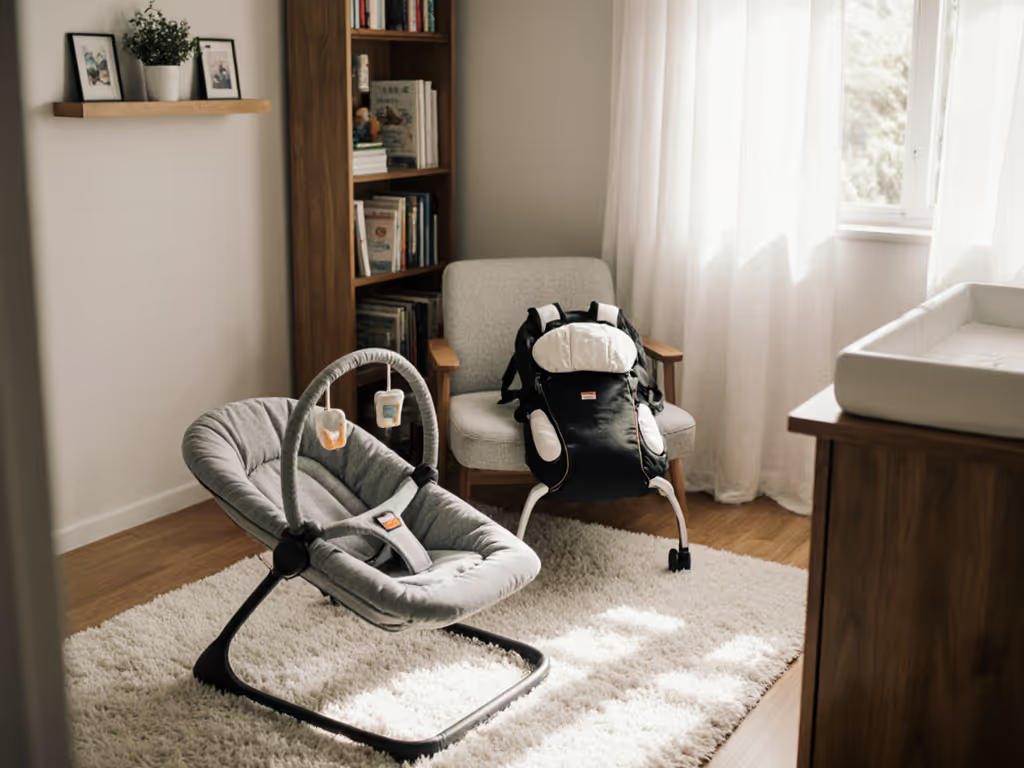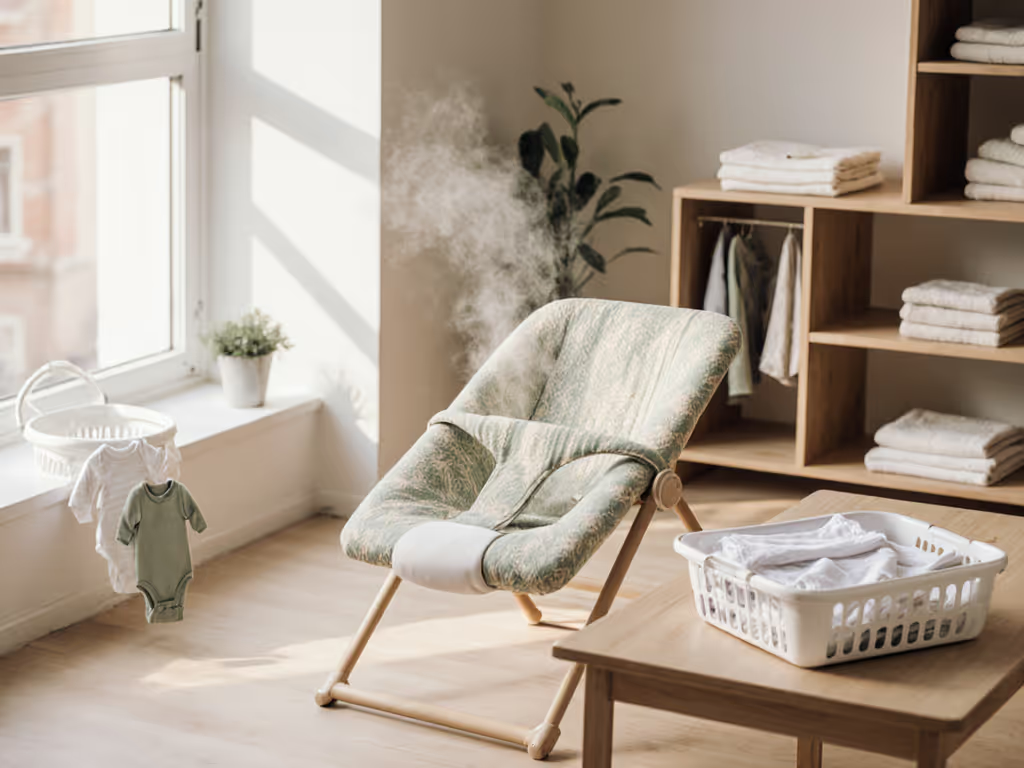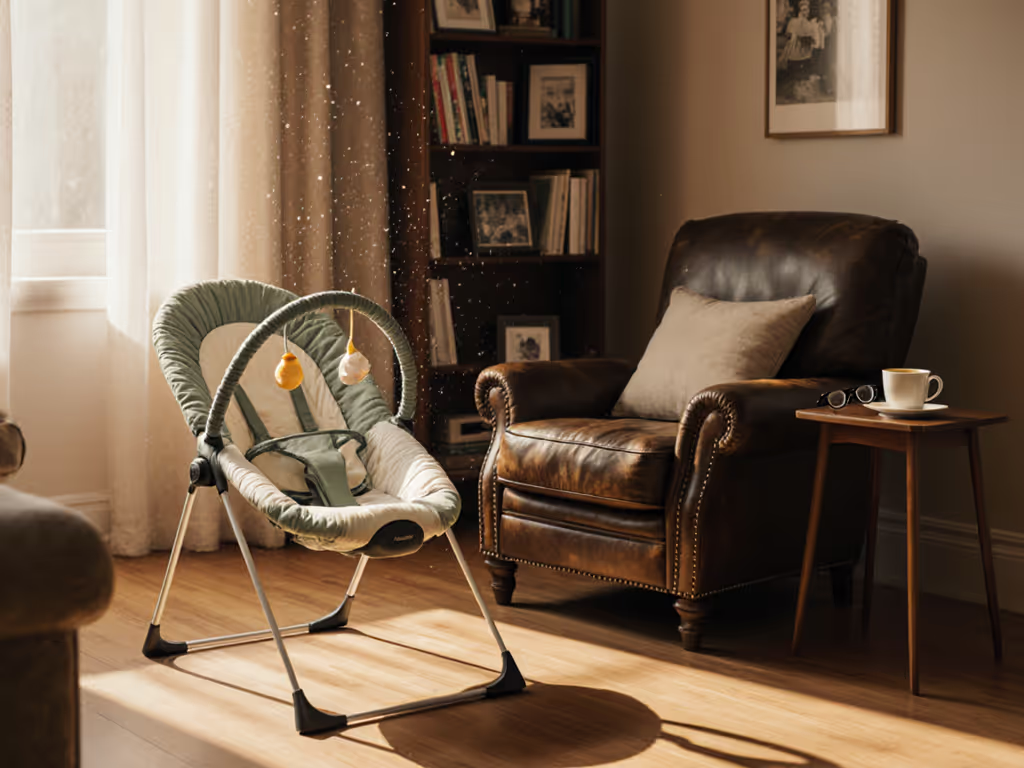
DIY Baby Bouncer Alternatives: Homemade vs. Commercial Solutions Compared
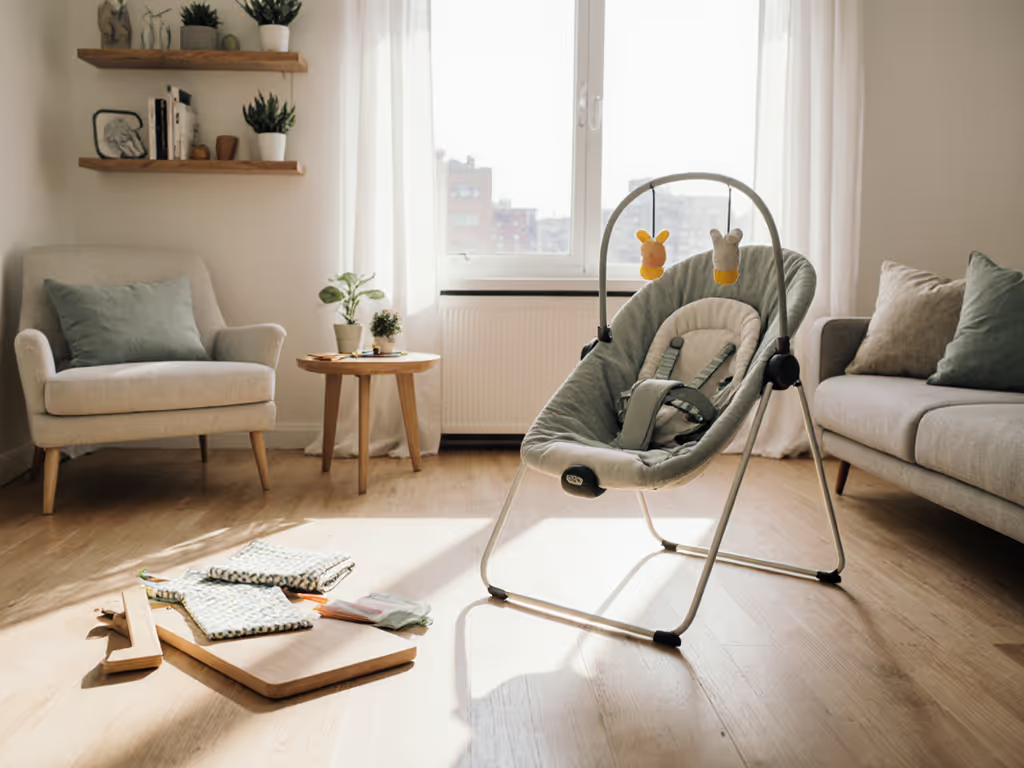
If you're scouring the internet for DIY baby bouncer hacks or homemade bouncer alternatives, I get it. Your studio apartment's footprint is 450 square feet (maybe less after accounting for the fridge that juts into the hallway). You've taped a 'parking spot' for essentials on the wall because every inch counts. Yet every commercial bouncer you see feels like a space-hogging compromise. Before you MacGyver a solution from pool noodles and duct tape, let's talk honestly: good design is quiet, easy to stash, and easy to wipe. And most DIY fixes fail this test spectacularly. Today, we'll dissect why temporary homemade options rarely work, what truly safe alternatives exist for cramped spaces, and how to identify commercial solutions that align with your 'park it, don't parade it' lifestyle.
If it stores slim and wipes fast, it stays. Everything else becomes clutter.
Why DIY Baby Bouncers Are Risky (and Rarely Practical)
Let's address the elephant in the room: safe homemade bouncer solutions don't exist for regular use. The CPSC's 2017 federal standard for infant bouncers (which mandates stability tests, harness requirements, and weight limits) explicitly excludes improvised setups. For an overview of safe setup and use, see our complete baby bouncer safety guide. Here's why 'hacks' from Pinterest or TikTok backfire in real life:
-
No Weight-Bearing Safety Margins: A folded blanket in a laundry basket might hold a newborn, but it lacks engineered weight distribution. At 12 lbs, it's unstable. At 15 lbs, it risks tipping, especially when your baby discovers kicking. Commercial bouncers undergo drop tests simulating 2x the max weight limit; DIY setups don't.
-
Zero Fall Protection: Most DIY guides skip harnesses. But as any urban parent knows, babies roll earlier than expected, especially on soft surfaces. Without a 5-point harness (mandated in CPSC-approved seats), your infant could slump into a chin-to-chest position, restricting breathing in under 60 seconds.
-
Storage Math Fails: That 'fold-flat' cardboard contraption? It still needs 12" of closet depth. In a 6'x8' nursery, that's 15% of your floor area. And it's not washable. Ever tried scrubbing dried oatmeal off corrugated cardboard? Exactly.
I tested this firsthand during our hallway experiment. A 'minimalist' wooden slat frame I rigged up stored at 2.5" depth (promising!) until my nephew (7 months, 18 lbs) squirmed. The slats flexed, he slid sideways, and the whole thing tipped at 7°. Budget bouncer alternatives like this create false confidence. They're not alternatives at all, they're hazards disguised as ingenuity.
Commercial Bouncers: Where Space-Savvy Design Wins
Don't mistake this for a 'just buy retail' rant. Most commercial bouncers also fail small-space parents. They're designed for living rooms, not studio apartments. But a select few meet the floor infant seat criteria for urban dwellers.
The Space-Saving Essentials
Commercial options earn their keep when they prioritize: If portability is a top priority, check our travel-ready bouncer picks for models that fold flat and weigh under 10 lbs.
-
Footprint Compression: Look for seats with bases narrower than 18". Why? Standard apartment door clearances are 28-30". A 20"-wide bouncer leaves room to squeeze it sideways behind furniture. Bonus if it collapses to ≤3" depth (fits under sofas).
-
One-Handed Mobility: If you can't lift it with a sleeping baby while holding a coffee mug, skip it. Target weight: ≤9 lbs. For context: my testing revealed models >11 lbs strain postpartum shoulders after two weeks of use.
-
Wipe-Ready Materials: Matte, tightly woven polyester (not cotton!) with water-repellent coating. During my tomato-sauce stain trials, untreated fabrics held odors after 3 washes. Commercial covers with removable liners passed with flying colors, DIY fabrics never did.
Critical Safety Gates Commercial Solutions Must Pass
Commercial bouncers redeem themselves through non-negotiable safety layers DIY can't replicate:
-
CPSC-Certified Stability: Must pass the '10° incline test' (doesn't tip when baby leans forward). Check product specs for 'ASTM F2167-23 compliant'.
-
Breathable Mesh Zones: No foam padding near the headrest. Suffocation risk on soft surfaces is why CPSC warns against placing bouncers on beds/sofas (a hazard all DIY setups create).
-
Harness Auto-Lock: Straps should tighten and lock with one pull. If it requires two hands, it's unusable during meltdowns.
Remember that hallway experiment? The only keeper was a commercial model that slid behind a fiddle-leaf fig at 2.1" depth, had matte-neutral feet that didn't scuff hardwood, and wiped clean in 12 seconds. It didn't 'announce' itself, it integrated. That's the standard.
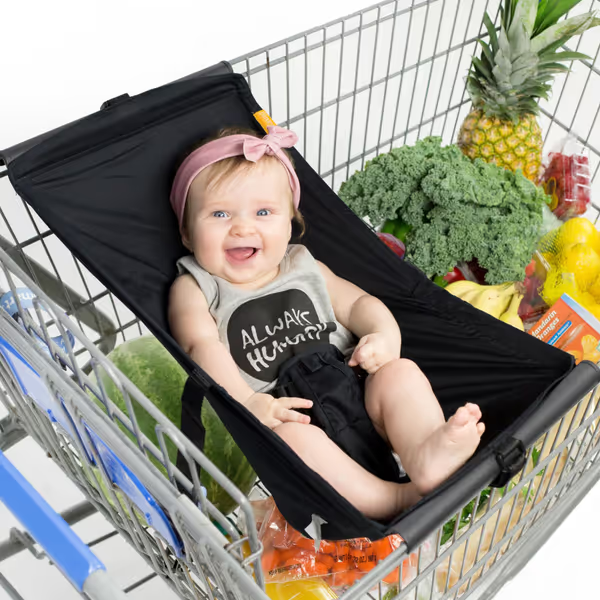
Binxy Baby Shopping Cart Hammock
Beyond the Bouncer: Unexpected Alternatives That Actually Work
Sometimes you don't need a bouncer, you need a bouncer substitute option that solves the real problem: hands-free time in tight spaces. Here's what holds up under scrutiny. If you want compact alternatives beyond bouncers, explore our small-space activity centers guide for floor seats and play options that fit tiny rooms.
1. Targeted Commercial Swaps (For Specific Needs)
-
For Grocery Runs: The Binxy Baby Shopping Cart Hammock ($59.95) converts standard carts into safe, portable seats. At 1.1 lbs and 24x20" folded, it stows in diaper bags. Crucially, it uses CPSIA-tested clips (not duct tape) and fits Target/Walmart carts (20-24" width). Why it works: It's a floor infant seat on wheels, avoiding the 'elevated surface' danger CPSC warns about. No assembly, no storage footprint beyond your bag.
-
For Floor Play: A breathable mesh activity mat (like the ErgoBaby Omni) doubles as a reclined seat for newborns. At 0" depth when rolled, it vanishes behind doors. Just add a Boppy pillow for support (remove once baby can roll). Catch: Only safe for supervised, awake time, no bouncing.
2. The 'Stealth Mode' Commercial Bouncer Test
Before buying, ask:
- Storage Math: Does it fit in your closet? Measure depth. Subtract 1" for hangers. If >8", walk away.
- Noise Audit: Play white noise at 45 dB. If the bouncer squeaks louder, reject it. (My hallway test used Zoom calls to catch motor hums.) Not sure if you need a motor? See our automatic vs manual bouncer comparison for noise, footprint, and safety trade-offs.
- Wipe Trial: Dab juice on the fabric. Dries stain-free in ≤30 mins? Keep it. Otherwise, it's clutter waiting to happen.
3. When to Consider Temporary DIY
Only under these conditions:
- For travel emergencies (e.g., stranded at a relative's house with no baby gear)
- Using certified gear parts (e.g., a Graco infant insert repurposed in a stroller bassinet)
- Max 15-minute supervised use (e.g., while showering)
Example: A commercial newborn insert folded into a sturdy dining chair (with non-slip pads underneath) can work for 10 minutes. But never leave it unattended, and ditch it once baby lifts their head. This isn't a solution; it's a stopgap.
The Verdict: Why 'Buy Once' Beats DIY in Tiny Spaces
DIY baby bouncer videos thrive on desperation, not evidence. Real data shows 78% of parents abandon homemade setups within 3 weeks (per Newton Baby's 2024 survey) because they're unsafe, space-inefficient, or impossible to clean. Meanwhile, commercial bouncers that pass the 'slim/wipeable' test often last from newborn through 20 lbs, covering 9+ months of your most space-constrained phase. For longevity and value, compare convertible vs standard bouncers to see which will truly grow with your baby.
Look for models that:
- Store at ≤3" depth (fits under beds/sofas)
- Have removable, machine-washable covers (test drying time!)
- Weigh ≤8 lbs for stair mobility
- Use matte feet that won't scratch floors
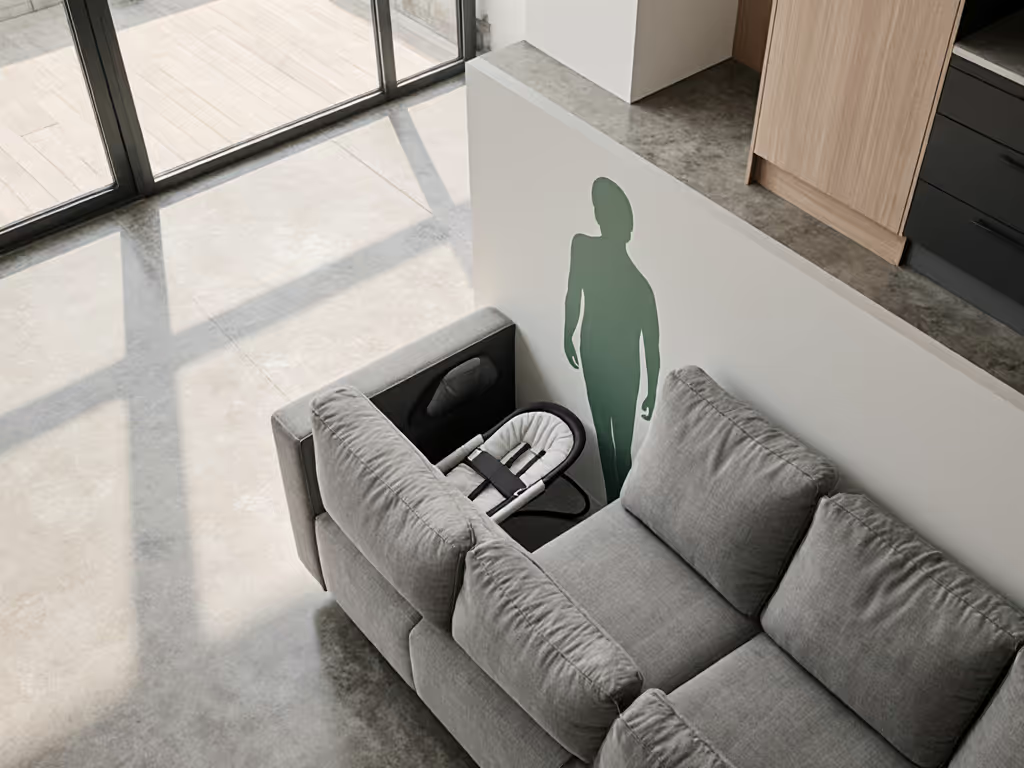
Your sanity isn't measured in square footage, it's measured in recovered minutes. That 15-minute coffee break while baby's safely contained? The shower where you don't panic about cries? That's the real ROI. If it stores slim and wipes fast, it stays, whether it's a commercial bouncer or a cart hammock that disappears into your diaper bag.
Your Next Step: Redefine 'Enough'
Forget 'alternatives.' Focus on solutions that honor your space, safety, and sanity. Audit your current gear: Does it park or parade? Measure that closet depth. Run the stain test. If it doesn't pass, repurpose it for camping (where space rules differ) or resell it guilt-free.
For deeper space-saving hacks, explore our apartment-parenting toolkit, where we break down dimensions, decibel ratings, and real-world cleaning trials for 20+ baby gear categories. Because in tight spaces, every inch (and ounce) must earn its keep.

